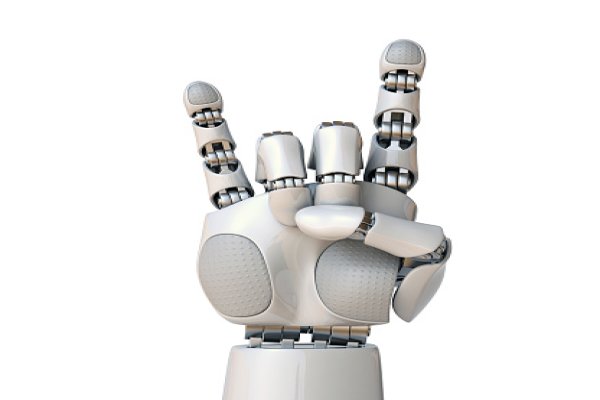Imagine looking at a menu online or in print and seeing what the dish you’re about to order looks like. That’s becoming possible thanks to generative AI, which restaurants now use to create realistic photos of their dishes without ever stepping foot in a professional photography studio.
This groundbreaking innovation has the potential to revolutionize how consumers interact with menus and elevate customer service beyond imaginable heights due to its photo-realistic images. So, if you’ve been wondering why restaurants have such stunning food shots on their websites lately, here it is Generative AI technology!
Lunchbox, a restaurant management software company working with approximately 200 brands, has recently implemented a free AI-powered food photo generator in collaboration with OpenAI, the firm responsible for ChatGPT. This was made possible through the use of DALL-E from OpenAI, which is a text-to-image tool. Nabeel Alamgir, CEO of Lunchbox tech startup, oversaw the project.
Alamgir revealed that Lunchbox charges OpenAI a nominal sum for each inquiry it processes. Since its debut on the 19th of January, the platform has created 175 million AI-generated visuals, but it does not track which restaurants or brands are using it.
Users can provide Style and background suggestions when requesting content from ChatGPT, just like generating a food photo. For example, Insider asked it to create an image of “a burger with blue cheese and bacon” on a “brown” background. It took a lot of work for the bot to fulfill the request.
The machine created four pictures, one of which was a hamburger with light blue buns that gave the impression of being moldy. Another image depicted an artisanal burger with a thick slice of cheese tinted blue.
Alamgir noted that the food photo generator was designed to assist restaurants in increasing their sales. Grubhub data shows that eateries with images of their menu items receive up to 70% more orders and 65% higher revenue than those without.
Alamgir says:
“We launched this free generator to provide small and new restaurants access to the very same tools that bigger platforms offer for a fee,”
Kristen Hawley, a food tech writer, recently reported about the Lunchbox’Lunchbox’snerator tool, and even DoorDash emphasizes the importance of good photography.
In a 2020 blog post, the delivery operator commented.
The delivery operator says:
“Since the menu is the main online touchpoint, an unattractive or poorly organized menu can have a huge negative impact on a merchant’s online conversion rate, regardless of the quality of the food.”
In this era of rich social media, a photo can have an immense impact – potentially garnering 100,000 views or likes. Yet how will customers react when the dish arrives at their table? What was different in the image?
Customers have had high expectations for the dishes they order to look like the advertisements for quite some time. This has sometimes led to lawsuits against restaurants when items need to match what was promised. The food photo generator is an innovation that provides a new way to ensure customers receive what they expect.
Alamgir went on to say:
“We understand maintaining menu integrity is important.”
“The reason we launched the food image generator is because it can get profoundly close to the real visual of your more simple dishes, but it carries out the marketing component that many new and small restaurants cannot afford.”
Alamgir mentioned that the tool was created to assist eateries that need access to professional food photography services.
Julie Zucker, a partner and chief marketing officer at Branded Hospitality Ventures, commented that tantalizing food images might likely prompt a guest to order.
Generative AI is revolutionizing the restaurant industry with its ability to produce realistic-looking menu photos quickly. Not only does this greatly reduce the cost and time of traditional menu photography, but it could also lead to more efficient stock management and higher restaurant sales. Furthermore, given the advancement of AI technology, generative AI may soon be used in other industries, allowing businesses to leverage technology to drive success.
Source: Africa.businessinsider.



